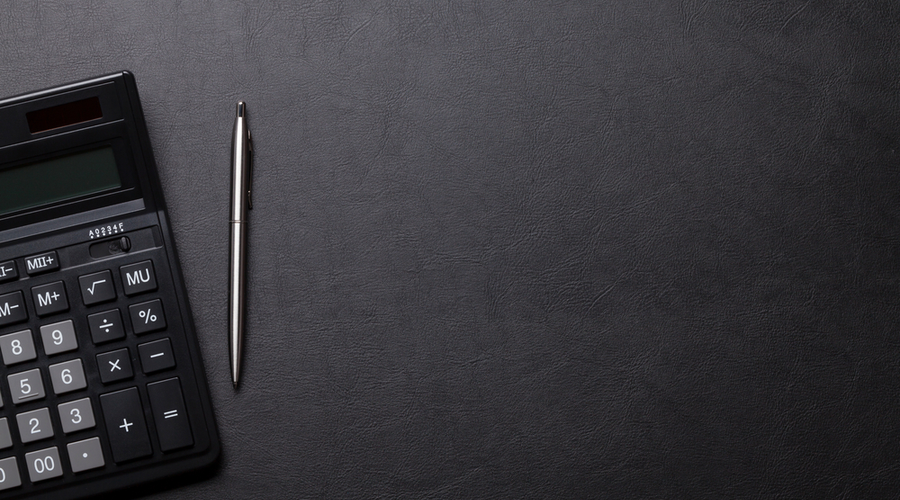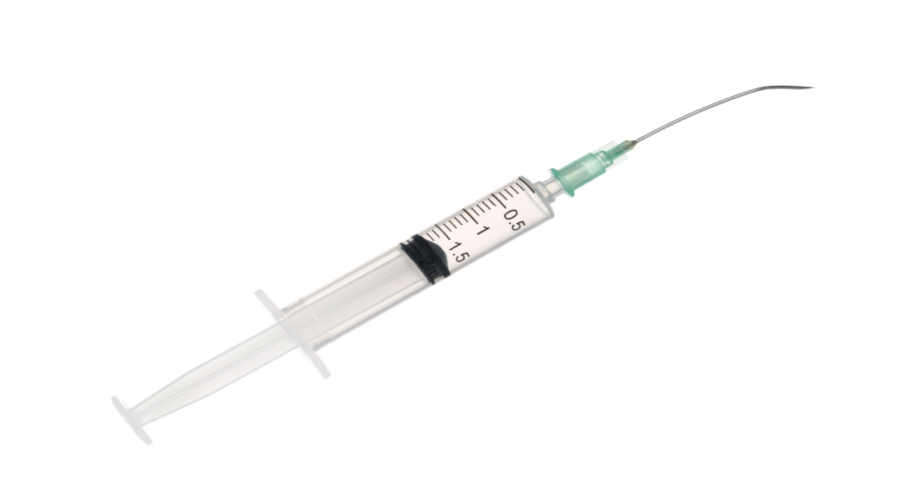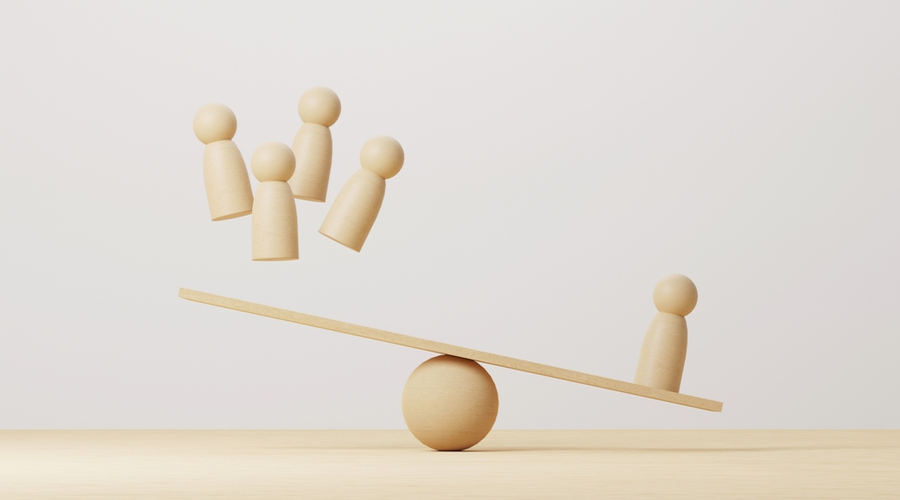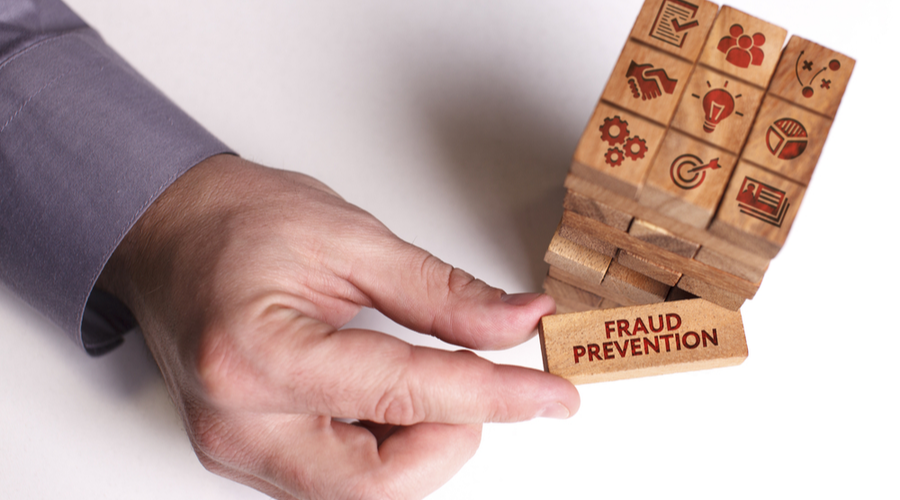Inside: How to calculate depreciation on your pharmacy assets. Four formulas to cover every situation.
You probably know the classic example of depreciation: when you drive a new car off the lot, it automatically loses a huge percentage of its value.
When you buy a piece of equipment for your pharmacy and use it for several years, you won’t be able to sell it for the same price you bought it for.
Knowing how your assets depreciate is critical for when tax season comes around. Instead of deducting the whole cost of your new purchase all at once, depreciation lets you write off the expense of the equipment throughout its useful life, decreasing your tax burden for several years.
What should be depreciated
Not all purchases you make for your pharmacy should be depreciated. They must be considered a capital asset.
Capital assets are typically defined as property, plant, and equipment. They are items that you buy to help you generate a profit that are not inventory. Capital assets have a lifespan of multiple years, so you can’t depreciate items like office supplies.
Capital assets also must be tangible. While intangible assets like software or patents have value and last multiple years, they cannot be depreciated.
If you own your pharmacy building, that can be depreciated, but you can’t depreciate the land its built on, since land does not have a limited useful life.
How to calculate depreciation
In order to calculate depreciation, you’ll need to gather some critical information about the asset you’re depreciating. This includes:
Asset basis: This is the total cost of the asset. Don’t only take into account the sticker price. You should also add in anything you paid for shipping, installation fees, and any training costs.
Useful life: This is sometimes called the “recovery period.” The useful life of an asset is predetermined for tax purposes, and you can find the useful life of your specific business asset listed in the IRS’s Publication 946.
Salvage value: This is the estimated value of the asset after it’s reached the end of its useful life. This number will be estimated by you, though many businesses choose to depreciate assets to $0.
Once you’ve determined these three values, you can move on to calculating the depreciation.
There are several ways to calculate depreciation, but these are the most common.
Straight-line
This is the simplest and most common way to calculate depreciation, and it uses this formula:
Depreciation = (Asset basis – salvage value) / Useful life
Say you bought a piece of equipment for $20,000 that has a useful life of 5 years, and you estimate a salvage value of $2,000. When you plug those numbers into the straight-line depreciation formula, you’d get $3,600. That means you would expense $3,600 every year until the end of the equipment’s useful life.
Declining balance
In this method, depreciation is accelerated so you record larger amounts of depreciation at the beginning of an asset’s life and less toward the end. It’s often used for highly technical products that become obsolete more quickly.
For this method, you need to determine the depreciation rate, which can be found using this formula:
Depreciation rate = 100% / Useful life
Using the previous example of an asset that depreciates over 5 years, the depreciation rate would be 20 percent. Then you can move on to the declining balance formula:
Depreciation = Current book value x Depreciation rate
If you purchase an asset for $20,000 and it depreciates at a rate of 20 percent, the first year you calculate depreciation, you’ll get a value of $4,000. That’s the amount you’ll expense the first year. The next year, you’ll calculate the depreciation from the current book value of $16,000.
Some businesses use the double-declining balance model of depreciation, which doubles the depreciation rate from the declining balance model.
Sum-of-years’ digits
Another form of accelerated depreciation is the sum-of-years’ digits method, or SYD depreciation. This also front loads depreciation to the beginning of an asset’s useful life.
To calculate using the SYD method, you take a sum of all the digits in the asset’s useful life. So in our previous example of a 5-year depreciation, you’d add up 1 + 2 + 3 + 4 + 5 to get 15. That value is what you use to determine depreciation percentage.
You’ll then create a schedule that looks like this:
- Year 1: 5/15, depreciate by 33 percent
- Year 2: 4/15, depreciate by 27 percent
- Year 3: 3/15, depreciate by 20 percent
- Year 4: 2/15, depreciate by 13 percent
- Year 5: 1/15, depreciate by 7 percent
Like the declining balance and double-declining balance methods, this depreciation tactic is used for assets that get less useful as they get older.
Units of production
The unit of production method takes into account how an asset is used rather than how long it is used. It’s most often used to calculate depreciation on machinery or production equipment that can be affected by wear and tear.
To determine depreciation with the unit of production method, use this formula:
Depreciation = [(Asset basis – salvage value) / Estimated total production capability] x Number of units produced in current year
Say you purchased a pharmacy robot for $20,000 that will fill 500,000 units over its lifetime and have a salvage value of $2,000. That may take 5 years, but it may take much longer.
In a year when your robot filled 30,000 prescriptions, you’d calculate your depreciation like this:
[($20,000 -$2,000) / 500,000] x 30,000 = 1,080
So, based on how much you used the robotics, you’d expense $1,080 worth of depreciation.
After depreciation
Once your asset has reached the end of its useful life, that doesn’t automatically mean it’s not useful anymore and you have to send it to the scrapyard. It simply means that the asset has been fully depreciated and cannot be expensed any longer.
You can continue to use your asset “off the books” as long as it serves your pharmacy’s needs. You will continue to record the asset’s salvage value as an asset until you decide to get rid of it by selling or scrapping it.
A Member-Owned Company Serving Independent Pharmacies
PBA Health is dedicated to helping independent pharmacies reach their full potential on the buy-side of their business. Founded and owned by pharmacists, PBA Health serves independent pharmacies with group purchasing services, wholesaler contract negotiations, proprietary purchasing tools, and more.
An HDA member, PBA Health operates its own NABP-accredited secondary wholesaler with more than 6,000 SKUs, including brands, generics, narcotics CII-CV, cold-storage products, and over-the-counter (OTC) products — offering the lowest prices in the secondary market.












